Life 1.5 – an exhibition of planet-friendly materials, fashion and food
Designs for a Cooler Planet is a five-week-long festival celebrating experiments in planet-friendly materials, fashion, and food.

About 90 000km2 of Finland is covered by peatlands, making it proportionally the most peatland-rich country in the European Union. In the past, pristine Finnish peatlands have provided a wide range of important ecosystem services, valuable habitats and sustainable sources of income. Within a century, common peatland management practices, such as conventional agriculture, forestry management and peat extraction, have led to the drainage of 55% of Finnish peatland areas, turning them from long-term carbon storages to large-scale emission sources.
In this event, we have three expert talks that explore how to harness Finland's potential through rewetting peatlands, the cultivation and harvesting of wetland crops, and one innovative proposal for climate-wise utilization of Finnish peatlands.

15:00-15:05 Opening words - Mark Hughes (Department of Bioproducts and Biosystems, Aalto)
15:05-15:25 Opportunities for new products and climate change mitigation in the land-use sector by biomass production on rewetted croplands - Kristiina Lång (Natural Resources Institute Finland, Luke)
15:25-15:35 Seeds for sustainable transitions? Investigating properties of cattail seed hair as textile fillings - Lukas Schuck (MSc student Creative Sustainability / Fluff Stuff Project)
15:35-15:45 The potential of robotics in paludiculture - Hermanni Viljanen (MSc Automation & Electrical Engineering)
15:45-16:00 Q&A

Kristiina Lång, Research Professor. Natural Resources Institute Finland (Luke)
Opportunities for new products and climate change mitigation in the land-use sector by biomass production in croplands
Kristiina Lång is a research professor of agricultural greenhouse gas mitigation from the Natural Resources Institute Finland. She studies ways of improving the sustainability of land use in agriculture. She is especially keen on finding ways to mitigate greenhouse gas emissions of cultivated peat soils by developing value chains involving biomass production in rewetted peat soils.

Lukas Schuck, MSc Student of Creative Sustainability. Aalto University
Seeds for sustainable transitions? Investigating properties of cattail seed hair as textile fillings
Lukas Schuck is a second year Master's Student of Creative Sustainability at Aalto University. During his studies, he has developed a particular interest toward regenerative agricultural transitions and wetland crop production on peatlands. In his master thesis, he explores the potential of seed hair fibers from the wetland crop Typha Latifolia as a planet-positive textile filling alternative.

Hermanni Viljanen, MSc student of Control, Robotics and Autonomous Systems. Aalto University
The potential of robotics in paludiculture
Hermanni Viljanen is a master's student at Aalto University majoring in Control, Robotics and Autonomous systems. Hermanni is currently focusing on optimizing the harvesting of Typha Latifolia seed fluff for the production of sustainable textile filling. He is interested in making paludiculture a more attractive alternative for farmers by enabling effective production of new sustainable materials.
Anyone interested and curious about sustainable agricultural transitions, climate-wise peatland management or novel bio-based material solutions is welcomed to join the audience.
Visit the exhibition
For Helsinki Design Week at Aalto University, Fluff Stuff exhibits prototypes and raw material from the Typha Latifolia plant in the Väre building.
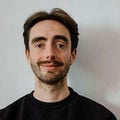
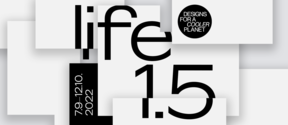
Designs for a Cooler Planet is a five-week-long festival celebrating experiments in planet-friendly materials, fashion, and food.
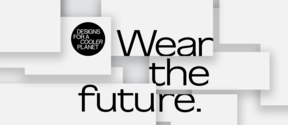
Slow and more sustainable textiles, clothing and fashion systems.

An exhibition featuring prototype textile products and fillings, ranging from interior textiles to fashion apparel.
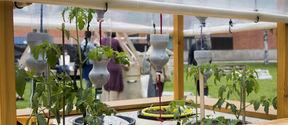
Creative Sustainability (CS) is a joint Master's degree programme at the School of Arts, Design and Architecture, School of Business and School of Chemical Engineering. Established in 2010, the CS programme brings students from a variety of fields together, to study and work in multidisciplinary teams and create novel sustainable solutions for human, urban, industrial and business environments. The pedagogical approach is based on integrating teaching and research, problem-based learning, design thinking, blended learning and strong connections to practical outcomes. The graduates of the programme have the endeavour to understand and address systemic phenomena and wicked problems.
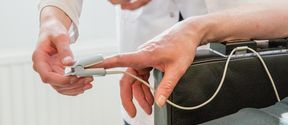
The Department of Electrical Engineering and Automation is an ecosystem where scientists and engineers from different fields of microsystems, electrical engineering and automation work together to solve the most challenging scientific problems.
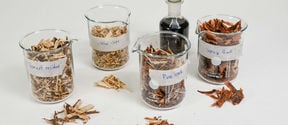
Enabling bio and circular economy